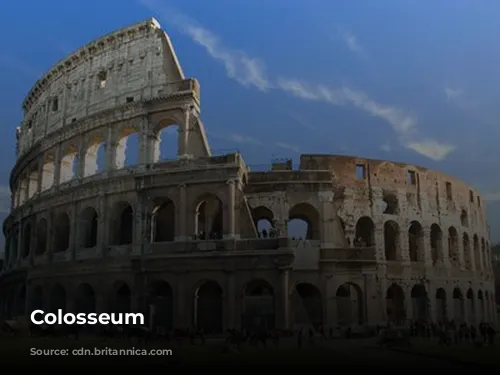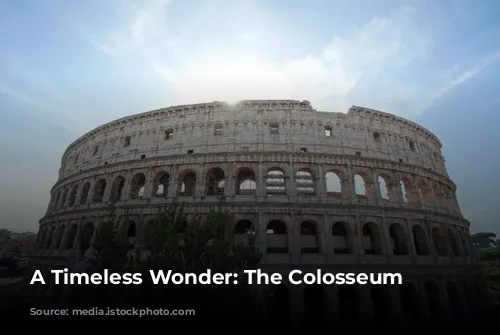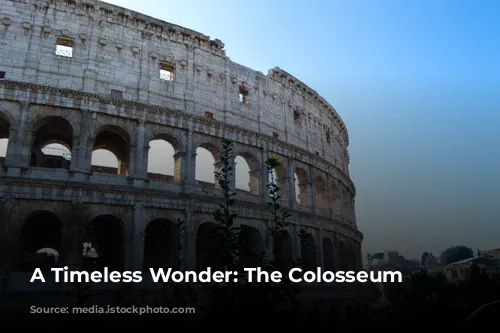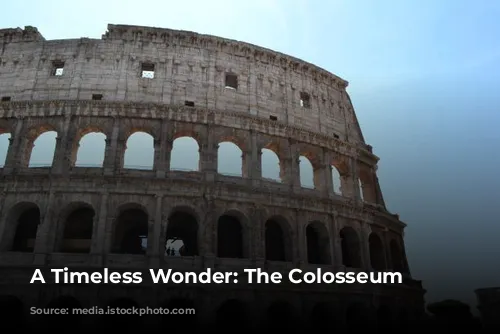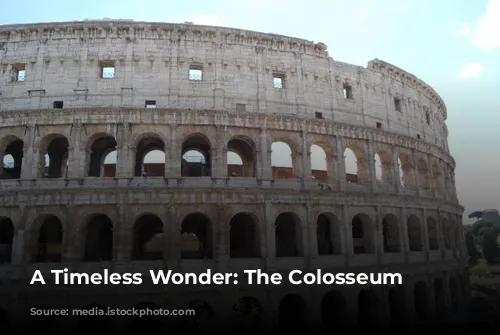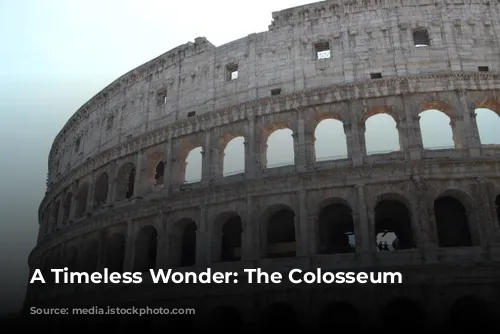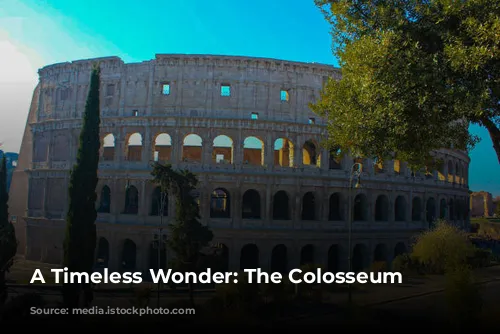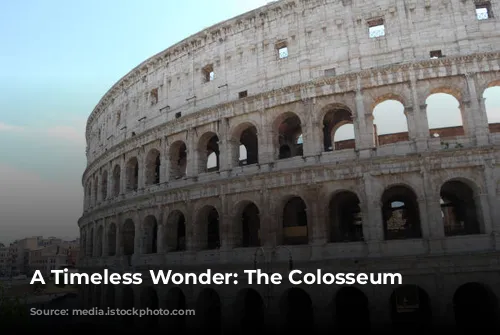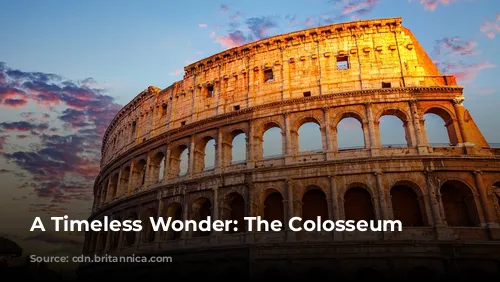Standing tall as a testament to ancient Rome’s incredible skill, the Colosseum is one of the few remaining structures from that mighty empire. It’s more than just a historical relic; it’s a vital engine driving tourism revenue for Italy, pulling in millions of dollars each year. In fact, the Colosseum, along with the Roman Forum and Palatine Hill, became Italy’s top tourist draw in 2018, generating over $63.3 million (€53.8 million). This ancient marvel continues to captivate the world, leaving a lasting impression on every visitor.
From Arena to Fortress to Quarry
The Colosseum’s journey through time is a tale of both glory and neglect. After the fall of the Western Roman Empire, the Colosseum fell into disrepair, its grandeur fading with each passing year. The 12th century saw the arena repurposed by the Frangipane and Annibaldi families, who turned it into their fortress. By the late 15th century, Pope Alexander VI granted permission for the Colosseum to be used as a quarry, stripping away its magnificence for building materials. This period of neglect lasted for over a thousand years until the 1990s, when state-funded restoration efforts breathed life back into the ancient monument.
A Monument to Imperial Power
The Colosseum’s construction stemmed from a grand vision to revitalize Rome, which was reeling from the chaos of the “Year of the Four Emperors” in 69 CE. Emperor Vespasian, seeking to rebuild Rome’s spirit, envisioned the Colosseum as a vibrant entertainment hub, a place where gladiatorial combats, animal hunts, and even mock naval battles would enthrall the masses.
Construction commenced under Vespasian’s rule between 70 and 72 CE, and the completed structure was dedicated by his son and successor, Titus, in 80 CE. The Colosseum’s final touch came in 82 CE when Emperor Domitian added the fourth story. This grand spectacle, funded by the spoils of Titus’s conquest of Jerusalem in 70 CE, was built with the labor of enslaved Jews from Judaea.
A Colossal Architectural Feat
The Colosseum is a towering amphitheater, also known as the Flavian Amphitheater, a name that reflects its builders, the Flavian emperors. This elliptical structure, crafted from stone, concrete, and tuff, rises four stories high, stretching 620 by 513 feet (189 by 156 meters). Its sheer size allowed for a staggering 50,000 spectators to witness the gladiatorial combat and other spectacles for which the Colosseum was renowned.
Beyond the Arena: A Legacy of Resilience
The Colosseum stands as a testament to the architectural brilliance of the Roman Empire. Built just east of the Palatine Hill, on the site of Nero’s Golden House, the Colosseum replaced Nero’s lavish, private lake with a grand public arena, a powerful symbol of Vespasian’s commitment to the Roman people. Unlike earlier amphitheaters, which were carved into hillsides, the Colosseum is a free-standing structure, relying on a complex system of vaults to support its immense weight.
The arena’s exterior showcases a magnificent display of architectural orders, with three tiers of arcades adorned with Doric, Ionic, and Corinthian columns. These columns, arranged in a rising order, became the foundation for the Renaissance codification known as the assemblage of orders, solidifying the Colosseum’s influence on architectural design.
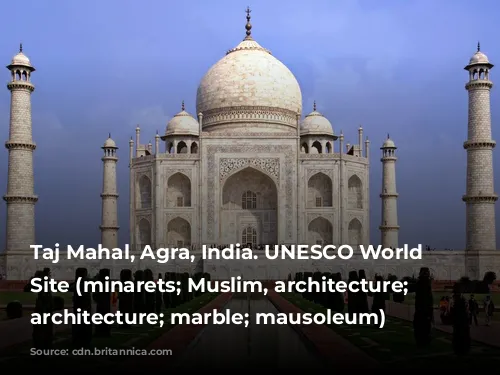
A Witness to History: From Gladiators to Tourists
The Colosseum’s grandeur extended beyond its structure, with a massive retractable awning, known as a velarium, protecting the spectators from the sun. This awning, controlled by hundreds of Roman sailors, was a marvel of engineering, showcasing the Romans’ ingenuity in creating innovative solutions.
The Colosseum’s history echoes with the thrill of gladiatorial combat, the spectacle of men and animals clashing in the arena, and even the grandeur of mock naval engagements. While the arena’s connection to early Christian martyrdoms remains debated, the Colosseum witnessed a vibrant tapestry of events that shaped the Roman world.

A Timeless Symbol of Ancient Rome
Through the ages, the Colosseum’s story continued. It served as a church, then as a fortress, and ultimately, was plundered for building materials. Despite facing the ravages of time, earthquakes, and pollution, the Colosseum’s spirit endures, a symbol of the Roman Empire’s enduring legacy. Preservation efforts, particularly during the 19th century and the 1990s, have restored its grandeur.
Today, the Colosseum stands as a majestic reminder of Rome’s ancient past, welcoming millions of visitors each year. It serves as a living museum, hosting exhibitions that illuminate the culture of ancient Rome, ensuring that its story continues to resonate with generations to come. This timeless wonder, with its rich history and stunning architecture, continues to captivate the world, inviting us to journey back to the heart of the Roman Empire.
